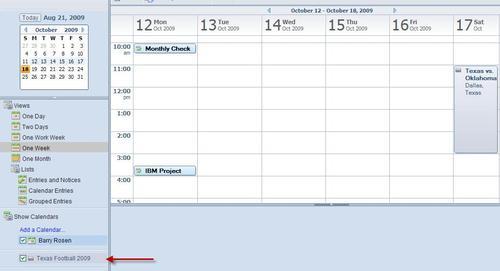

- #Lotus notes 8.5 troubleshooting guide upgrade
- #Lotus notes 8.5 troubleshooting guide software
- #Lotus notes 8.5 troubleshooting guide code
(The HTTP Server for IBM i - the one developed by Apache - is written in C and is not impacted.) On Monday, IBM issued a security bulletin for WebSphere Application Server 8.5 and 9.0 running on all supported platforms, including IBM i.

IBM WebSphere and the Tomcat Web server are both Java-based, and are vulnerable to LogJam attacks. IBM is a big Java shop, and uses the programming language throughout its products. If you are running third party Java apps, solicit the vendor for a patch.” Jesse Gorzinski, IBM’s business architect for open source for IBM i and its point man for Java, told IBM i shops to focus on their own Java-based applications and their dependencies– “especially anything that external entities can feed data to,” he tweeted, “Unfortunately resolution is not easy.
#Lotus notes 8.5 troubleshooting guide upgrade
“Folks can then determine if its viable to upgrade to a later Log4J version as well as disable Log4J lookup functionality.” “Not all of those shops are impacted but actively assessing the risk is always the best approach, and critical if Java applications are known to be running,” he tells IT Jungle.
#Lotus notes 8.5 troubleshooting guide software
HelpSystems is currently analyzing its software to see if there are vulnerabilities, says Robin Tatam, an IBM i security expert with the company. “Fortunately, we don’t use Java, so Trinity Guard products are not vulnerable to this attack.” Zailer confirms Raz-Lee’s iSecurity GUI is written in Java, but it does not use Log4j at all, either when it is used on the desktop or when it runs in a Web server. “IBM i shops should be concerned since there is a lot of Java used by vendors’ applications,” writes Tony Perera, the CEO of IBM i security software developer Trinity Guard. However, the Java-based library can be embedded in other applications, which complicates the issue for administrators.Ī critical flaw was discovered in the Log4j framework. System administrators are encouraged to upgrade their systems to Log4j-2.15.0-rc1 to mitigate the issue. Log4j would then interpret the contents of the messages, fetch commands from remote systems, and run them.”Ī fix for LogJam has been released by the Apache Software Foundation, which oversees the Log4j project. “All that is needed is to make log a special structure of information. “The peaceful ‘write to log’ API can be circumvented to run commands,” Zailer tells IT Jungle via email. The flaw, which also goes by “LogJam” and “Log4Shell,” should be considered “a severe threat to IBM i systems,” says Shmuel Zailer, an IBM i security expert and the CEO of Raz-Lee Security. Security experts say it’s a relatively easy flaw to exploit, and attackers do not need to be authenticated to exploit it.
#Lotus notes 8.5 troubleshooting guide code
The flaw, which exists in Log4j versions 2.0 and 2.14.1, gives cybercriminals the ability to execute arbitrary code on all impacted systems by sending malicious code to the Log4j queue. It scored perfect 10 out of 10 on the CVSS v3 rating scale (although Nadia Comăneci will be happy to know it landed a mere 9.3 on the older CVSS v2 scale). The Log4j zero-day vulnerability, which was disclosed last week by security researchers with CERT New Zealand, was logged into the National Vulnerability Database as CVE-2021-44228. However, finding where Log4j exists in your stack is not always simple, which makes this particular flaw particularly nasty. IBM i shops are encouraged to take this flaw very seriously, as the vulnerability already is being actively exploited in the wild. Hackers gave themselves an early Christmas present this year with a critical security flaw in Log4j, a popular logging framework that is used across many programs, including some that run on IBM i.

Critical Log4j Vulnerability Hits Everything, Including the IBM i Server


 0 kommentar(er)
0 kommentar(er)
